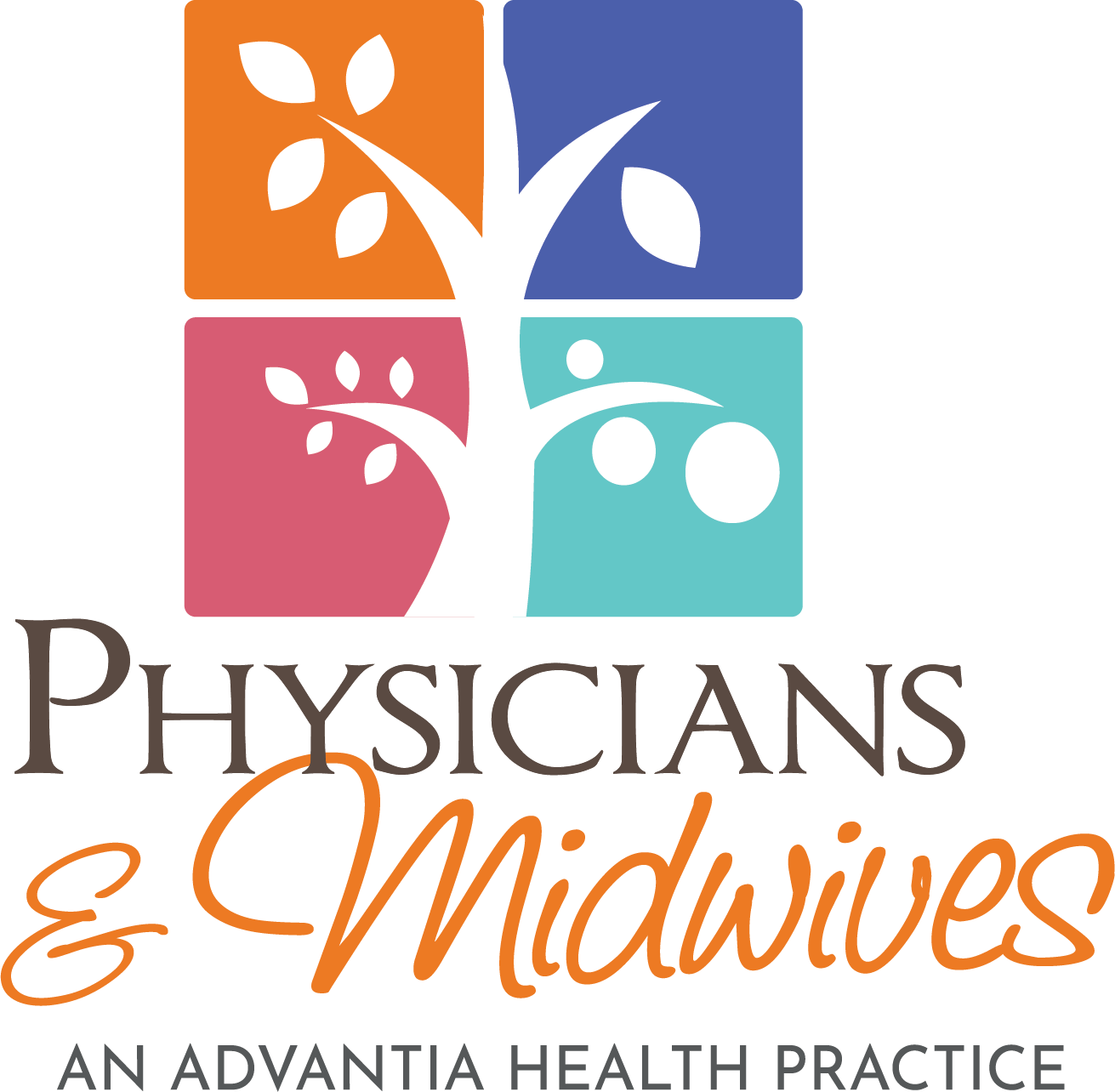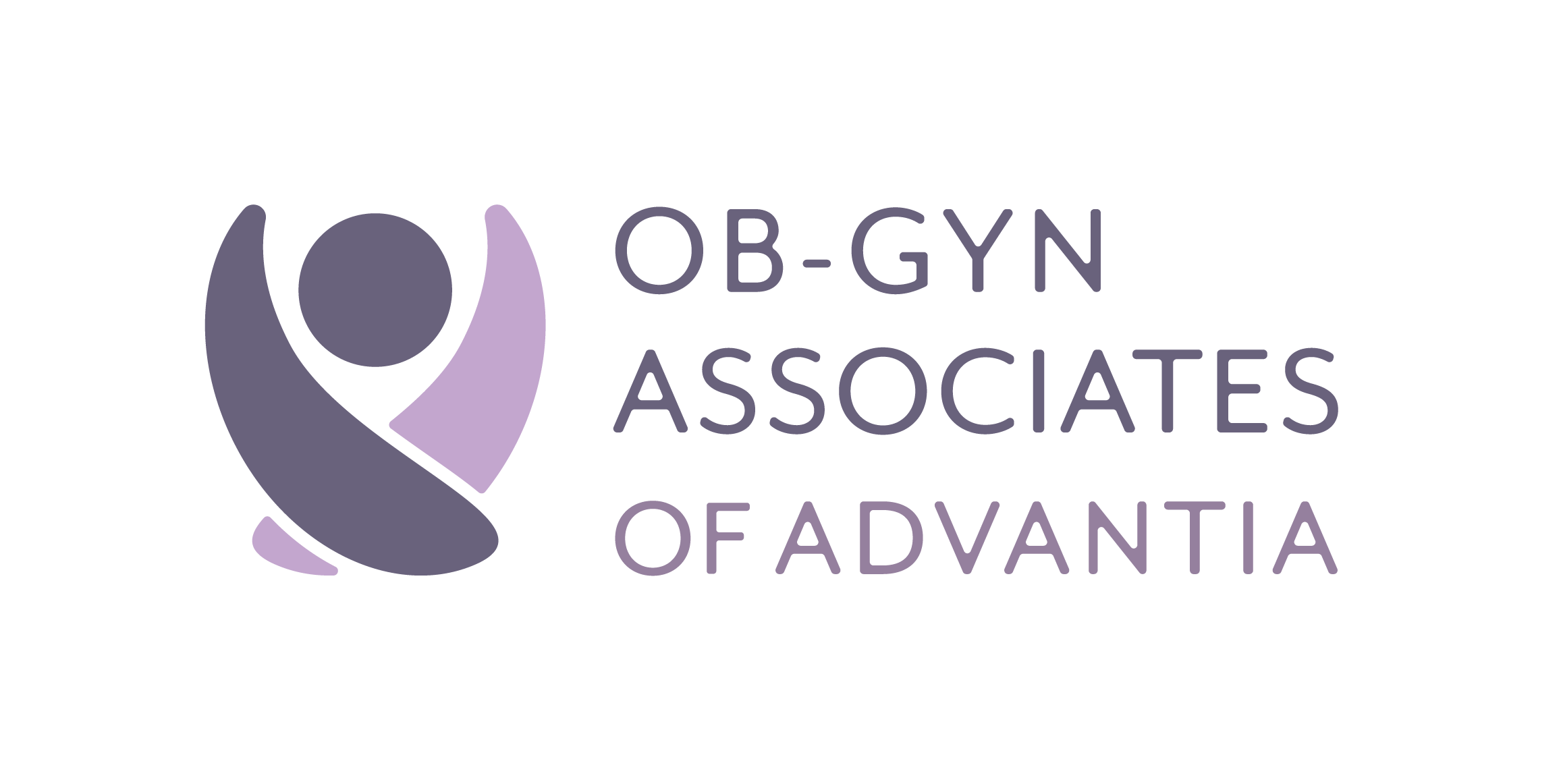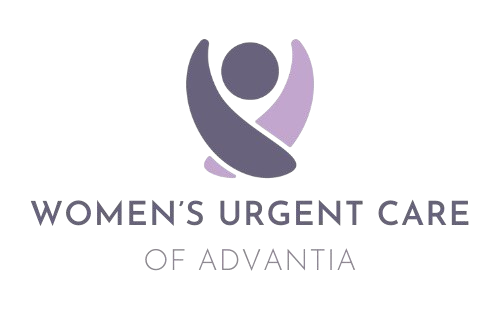
Published on: 25 July, 2012
Read Time: 3 min
Cesarean section (C-section) is the delivery of a baby through an incision in the mother’s abdomen. The rate of cesarean sections has increased dramatically in the US over the last couple of decades. In 1996, approximately 1 in 5 women delivered by C-section. By 2007, that number had increased 1 in every 3 births. This makes cesarean section the most common surgical procedure performed on women in the US.
Why are C-sections performed?
Planned or scheduled C-sections are performed for a number of medical reasons. In the setting of multiple pregnancy (e.g. twins and triplets), the babies may not be in a good position for vaginal delivery. Sometimes the baby may be too large (macrosomia) to be delivered vaginally. Some babies are in breech, or feet-first, position, making it difficult to deliver them vaginally. Problems with the placenta may also necessitate a cesarean delivery; for example, the placenta may block the opening to the cervix and vagina, a condition known as placenta previa.
C-sections may also be performed more emergently. This may be for ‘failure to progress’, where the cervix does not open enough to allow the baby to enter the vagina. Doctors may also perform a C-section if there are signs that the baby is in distress, such as a dropping heart rate.
What’s behind the increase in cesarean sections?
- Changing patient factors:
Infertility treatment has resulted in a significant increase in multiple births; according to CDC data, there are 75% more twins born today than in 1980. The likelihood of C-section is much higher in these multiple pregnancies. The obesity epidemic has also played a role; obese mothers are significantly more likely to have large infants, due both to excessive weight gain in pregnancy and to an increased risk for gestational diabetes. - Increased rates of labor induction:
Induction refers to the use of medicines or procedures to initiate labor. The rate of induction has also increased significantly, from 9.5% of births in 1990 to 23% in 2008. Research has shown that women whose labor is induced, as opposed to spontaneous, are twice as likely to have a C-section. - Decreased rates of vaginal birth after cesarean (VBAC):
Many women are candidates for safe vaginal deliveries following previous C-section. This practice reached its peak in the mid 1990s, with the rate of VBAC reaching 28%. However, since then, rates have steadily declined, with concerns over malpractice suits and medical risks forcing many doctors and hospitals to no longer offer the VBAC option. In 2010, the VBAC rate had dropped to 8.5%
C-section versus vaginal delivery: why should you care?
C-sections are generally safe procedures, and can be life-saving for both the mother and baby. However, they are also a major abdominal surgery, which can require up to six weeks of recovery and can occasionally result in complications including infection, hemorrhage and blood clots. It’s important to understand your options, and discuss the likelihood of a cesarean section with your physician. Together, you can make the best plan to bring your baby safely into the world.

Physicians and Midwives, an Advantia Health Practice
Physicians and Midwives is a unique collaborative practice you won’t find anywhere else. We have 5 offices for your convenience all across Northern Virginia, including Alexandria, North Arlington, Mt. Vernon, Kingstowne, and Woodbridge. If you would like to be listened to, as well as cared for, then look no further.





